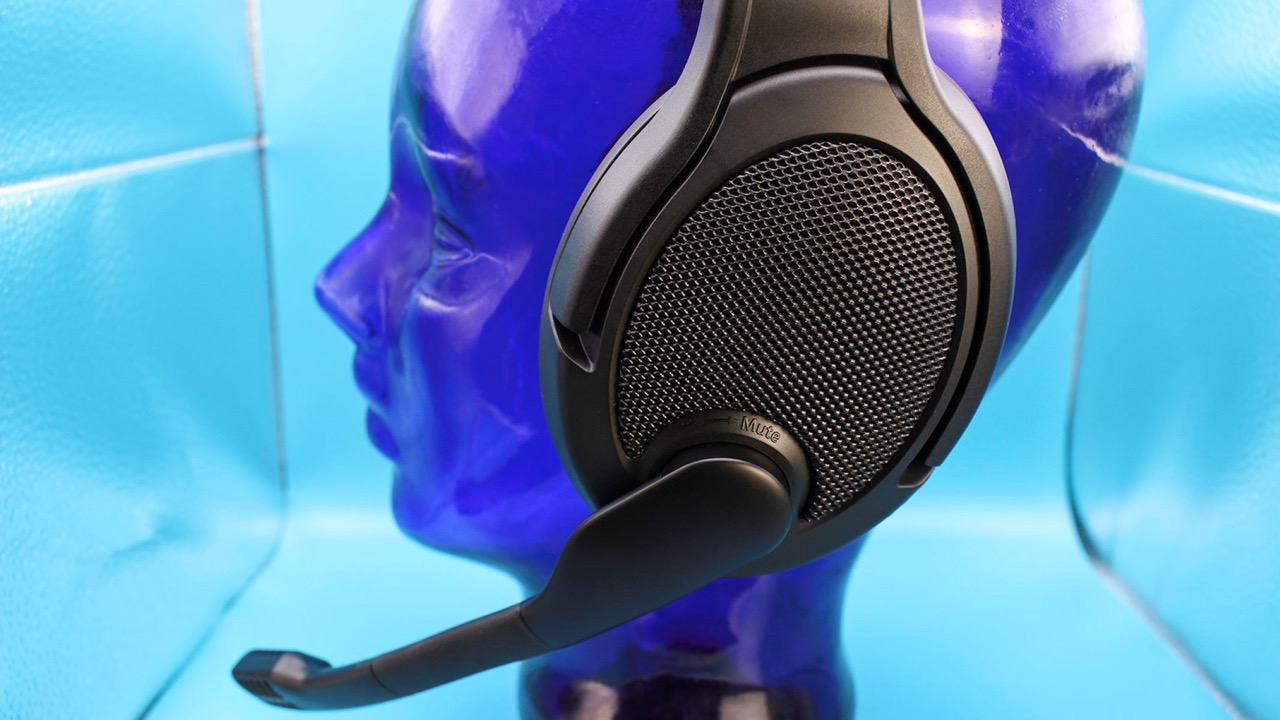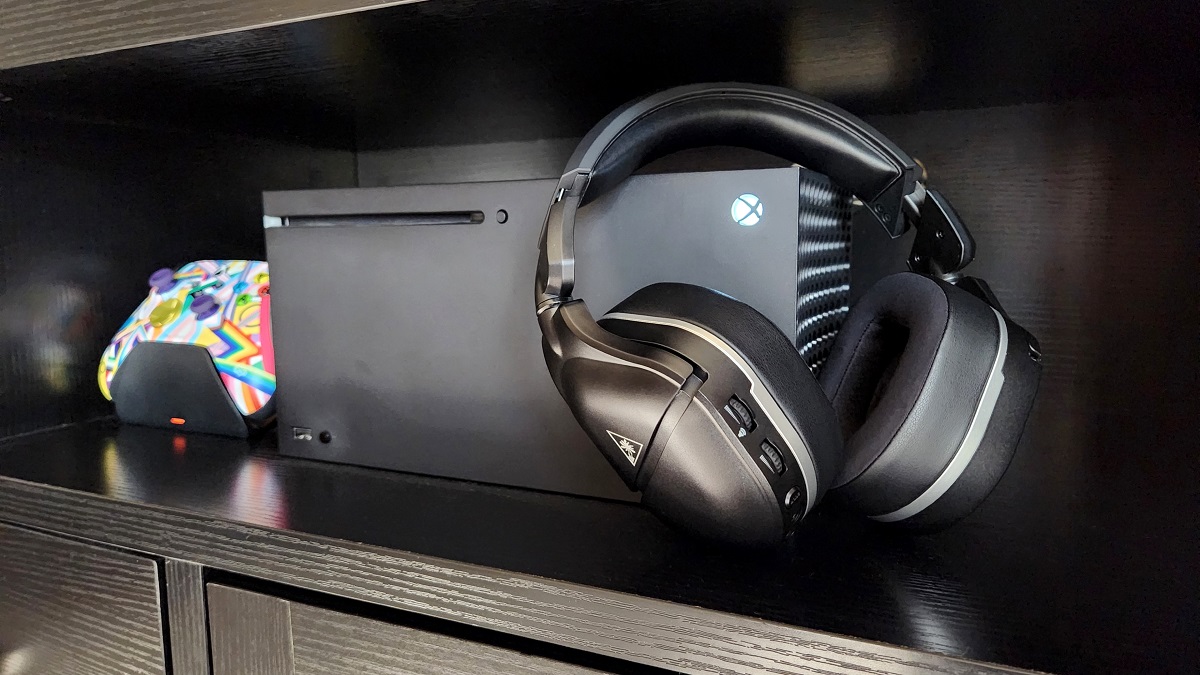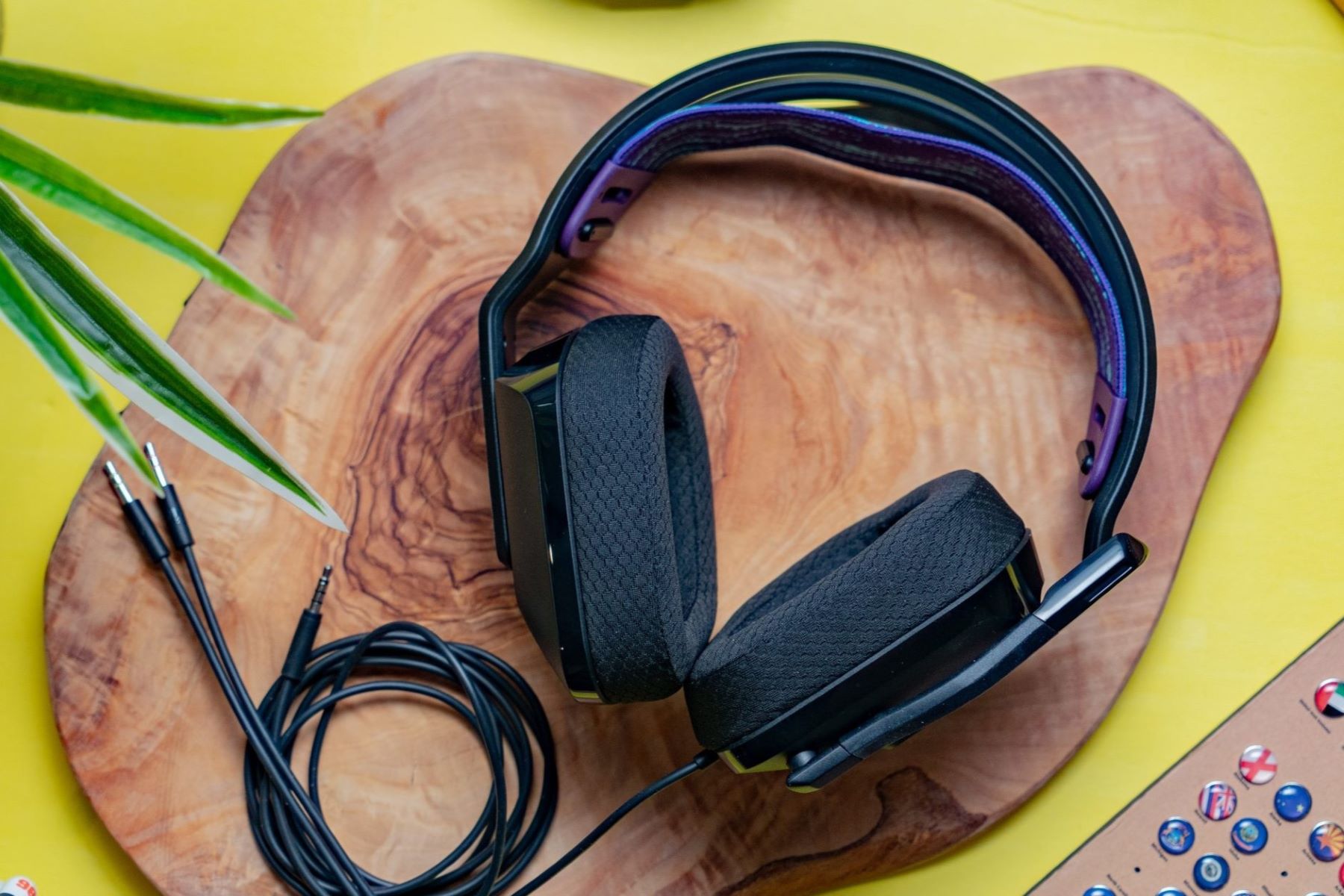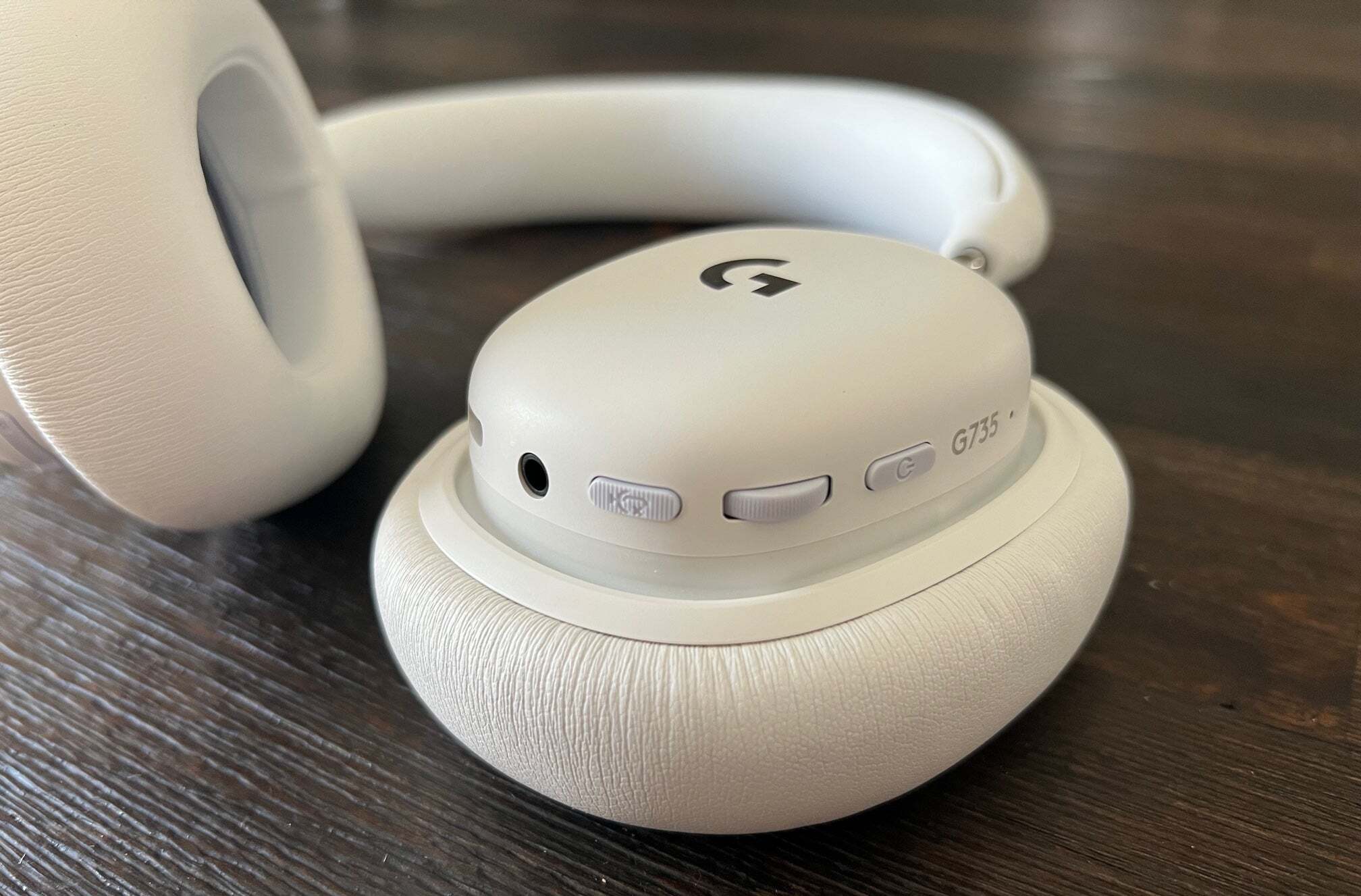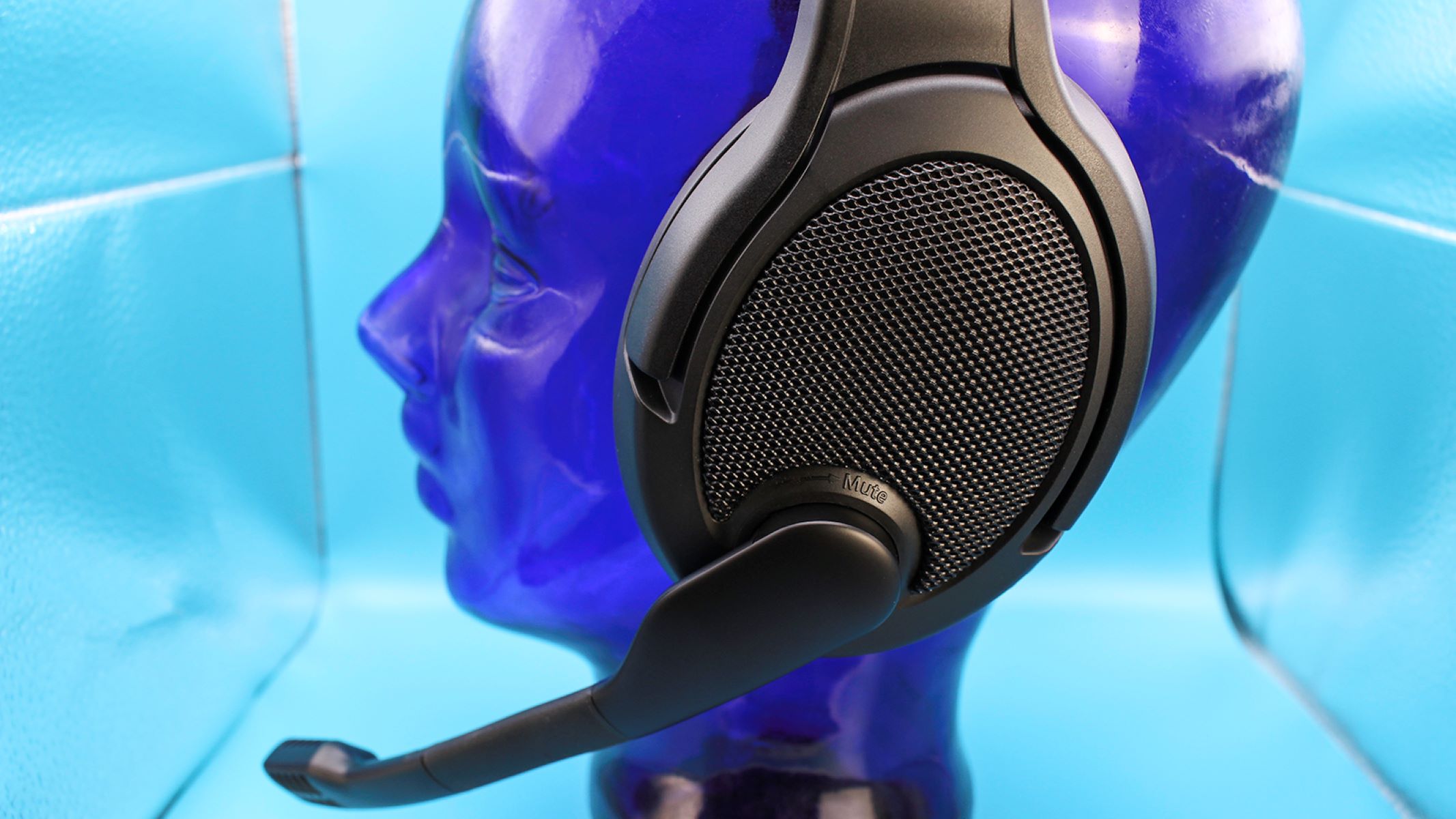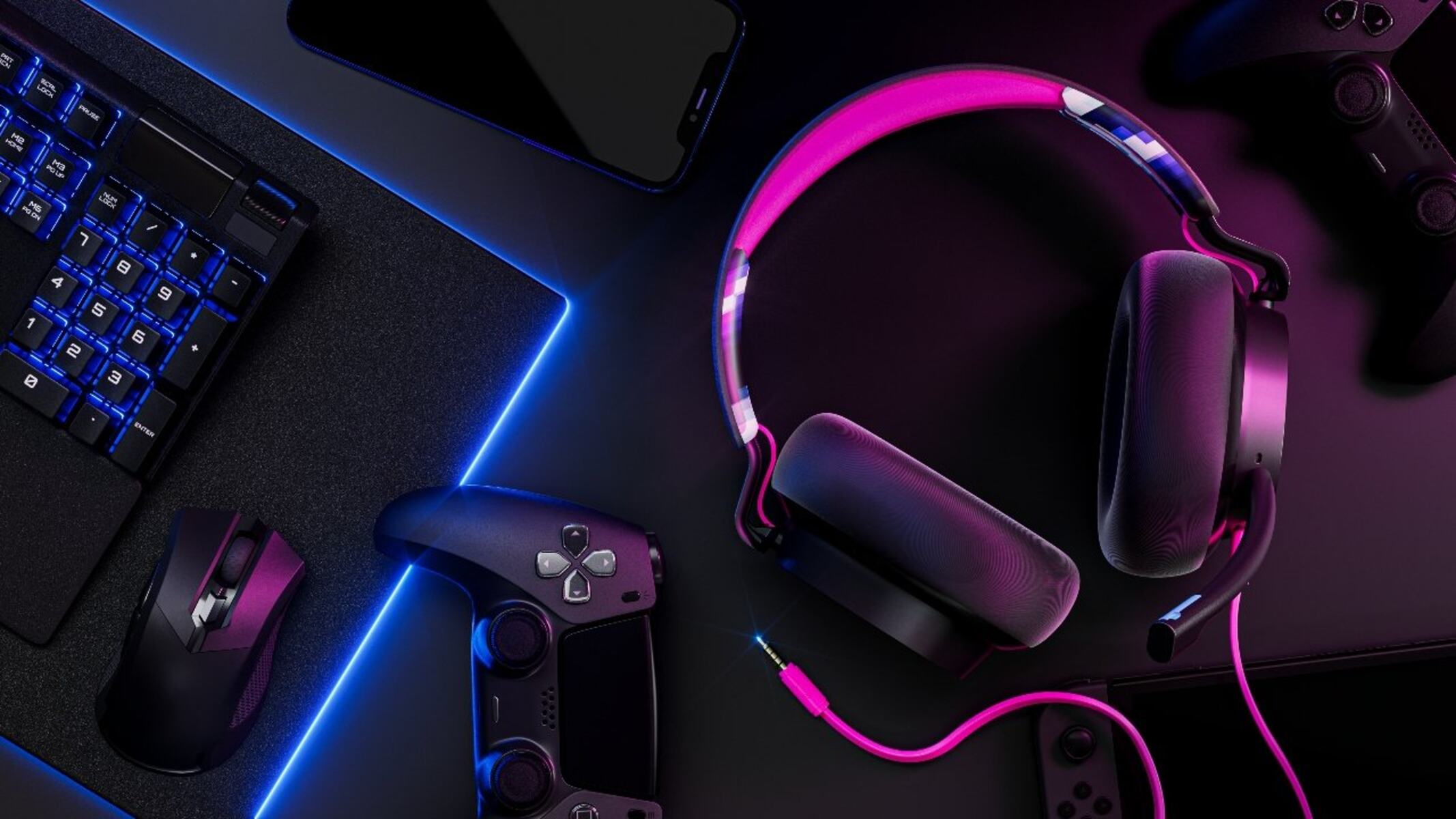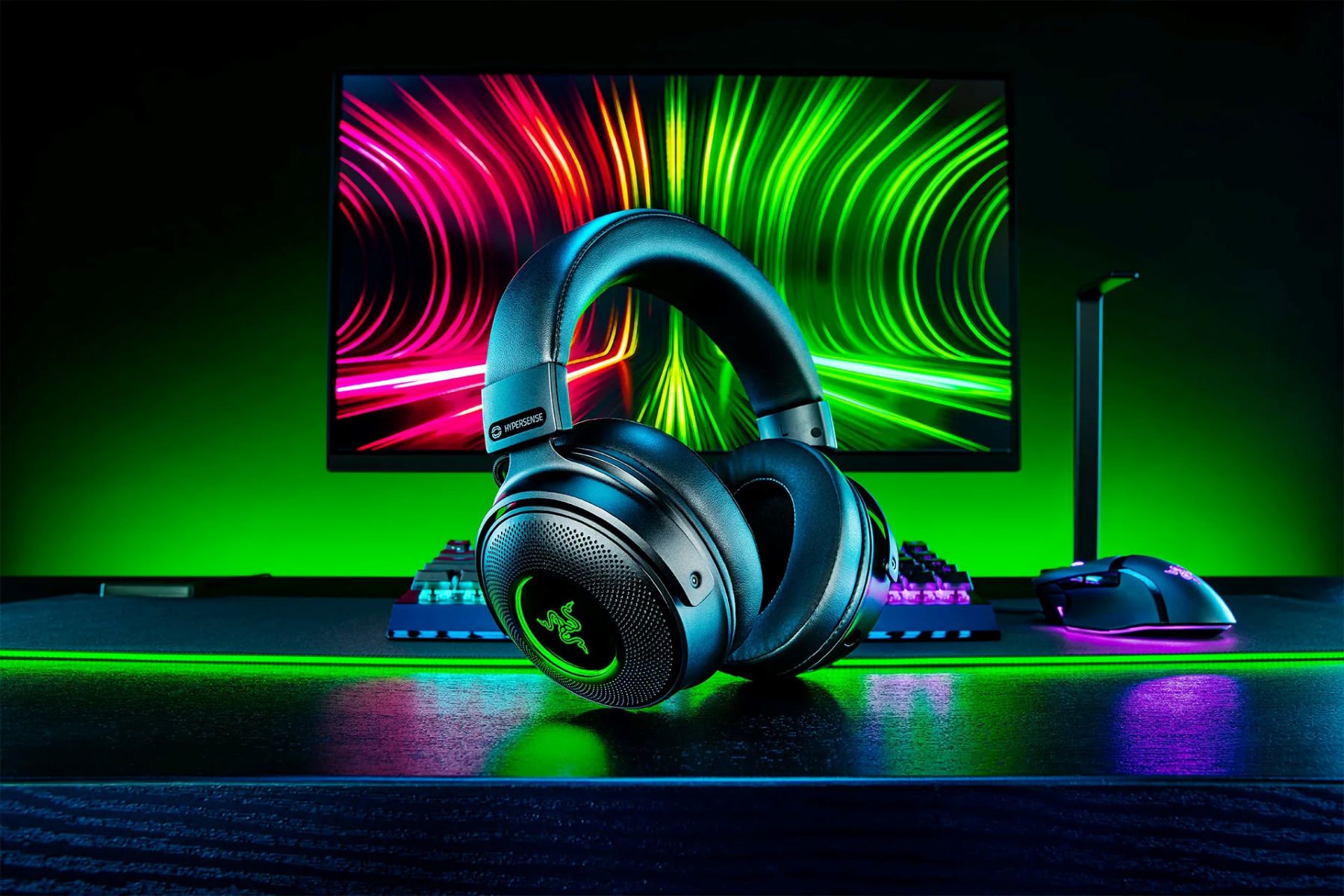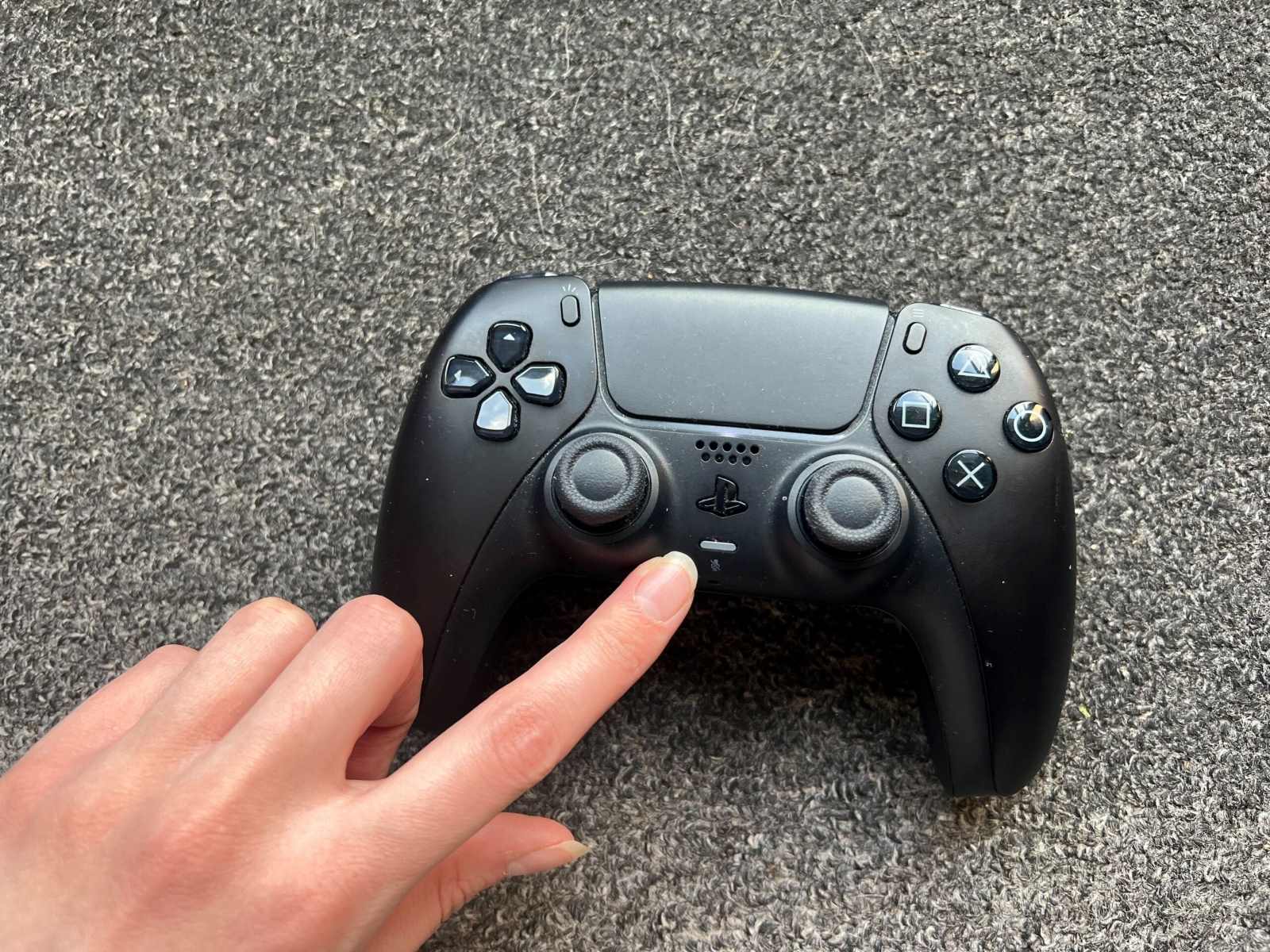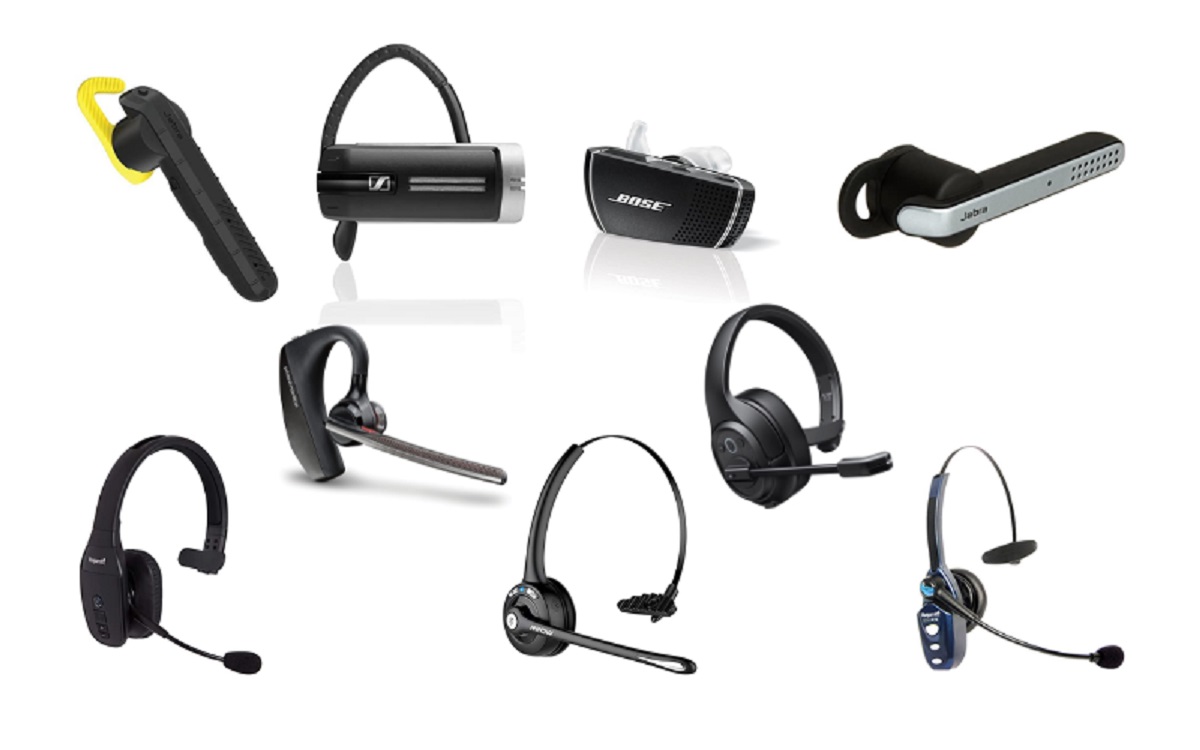Introduction
Muting your headset is a simple yet crucial aspect of using modern gadgets, especially in the realm of communication and entertainment. Whether you're engrossed in a virtual meeting, enjoying your favorite tunes, or engaging in intense gaming sessions, the ability to swiftly mute your headset can make a world of difference. This guide aims to shed light on the significance of muting your headset, the methods to do so, and the optimal scenarios for employing this feature.
Muting your headset is a fundamental practice that aligns with the evolving landscape of digital interactions. As technology continues to redefine the way we communicate and consume media, the importance of seamless control over audio output cannot be overstated. A muted headset not only allows for privacy and discretion but also facilitates a smoother and more considerate experience for both the user and those around them.
In the subsequent sections, we will delve into the nuances of muting your headset, exploring the various contexts in which this function proves invaluable. By understanding the rationale behind muting, mastering the techniques to execute it, and discerning the appropriate moments to employ it, you can harness the full potential of your headset, enhancing your overall experience and optimizing your interactions with others.
Why Mute Your Headset?
Muting your headset serves as a pivotal tool for managing audio output in various settings. Whether you're engaged in a virtual meeting, enjoying multimedia content, or participating in online gaming, the ability to swiftly mute your headset can significantly enhance your experience. There are several compelling reasons why muting your headset is essential:
-
Privacy and Discretion: Muting your headset ensures that your audio remains private, especially in shared spaces. Whether you're in a bustling office environment or a crowded public area, muting your headset allows you to engage in conversations or consume media without broadcasting it to those around you. This not only fosters a sense of privacy but also demonstrates consideration for others in your vicinity.
-
Minimizing Distractions: When engaged in a virtual meeting or working on important tasks, muting your headset prevents external noises from interrupting your focus. By muting your microphone, you can eliminate background sounds such as keyboard typing, ambient conversations, or unexpected noises, thereby fostering a more professional and distraction-free environment.
-
Courtesy and Etiquette: In social or professional settings, muting your headset reflects good etiquette. It minimizes the risk of inadvertently broadcasting disruptive or irrelevant sounds, such as coughing, sneezing, or side conversations, which can detract from the overall communication experience. This courteous gesture showcases your consideration for the comfort and engagement of others in the virtual space.
-
Control Over Audio Input: Muting your headset grants you control over when your voice is transmitted. This is particularly valuable in online gaming, where strategic communication is essential. By muting and unmuting your microphone strategically, you can ensure that your contributions are timely and relevant, fostering effective teamwork and coordination.
-
Preventing Feedback and Echoes: In group calls or virtual meetings, failing to mute your headset can lead to feedback loops and echoes, which can disrupt the flow of communication and cause inconvenience to other participants. By muting your microphone when not speaking, you can mitigate these technical issues and contribute to a seamless and harmonious audio environment.
In essence, muting your headset empowers you to curate your audio presence, promoting privacy, professionalism, and consideration in various contexts. By understanding the significance of muting and embracing it as a fundamental aspect of using modern gadgets, you can elevate your digital interactions and optimize your audio experiences.
How to Mute Your Headset
Muting your headset is a straightforward process, yet the specific method may vary depending on the type of headset you are using. Whether you have a wired or wireless headset, understanding the steps to mute your audio output is essential for seamless control over your audio presence. Here's a comprehensive guide on how to mute your headset across different devices:
Wired Headsets:
-
In-Line Controls: Many wired headsets feature in-line controls, typically located along the cable leading to the headset. These controls often include a dedicated button or switch for muting the microphone. Simply locate the mute button or switch and activate it to silence your microphone. The mute status is usually indicated by a visual cue, such as an LED light or a designated symbol.
-
Software Settings: Some wired headsets may require adjustments within the system settings of your device. By accessing the sound or audio settings, you can navigate to the input or recording tab to locate your headset's microphone. From there, you can manually mute the microphone input, effectively silencing your audio transmission.
Wireless Headsets:
-
On-Device Controls: Wireless headsets often feature built-in controls for muting the microphone. These controls may be in the form of a physical button or a touch-sensitive surface on the headset itself. Refer to the user manual or manufacturer's instructions to identify the specific method for muting your wireless headset.
-
Companion Apps: Some wireless headsets are accompanied by companion apps that offer advanced customization options, including microphone muting. By accessing the app on your mobile device or computer, you can explore the available settings to mute your microphone with ease.
Regardless of the type of headset you have, mastering the art of muting is essential for navigating various digital interactions with finesse and consideration. By familiarizing yourself with the specific mute controls and settings of your headset, you can seamlessly transition between muted and active audio states, optimizing your communication and media experiences.
In essence, the ability to mute your headset empowers you to exert precise control over your audio presence, fostering a more polished and considerate interaction with others. By incorporating the practice of muting into your routine, you can harness the full potential of your headset, enhancing your overall digital engagement.
When to Mute Your Headset
Knowing when to mute your headset is essential for navigating diverse digital environments with grace and consideration. By discerning the optimal moments to activate the mute function, you can enhance your communication, maintain professionalism, and contribute to a harmonious audio atmosphere. Here are the key scenarios in which muting your headset is not only beneficial but also courteous:
During Virtual Meetings and Conferences
When participating in virtual meetings or video conferences, muting your headset when you are not speaking is crucial. This practice minimizes background noise and prevents potential distractions for other participants. Whether it's the sound of typing on a keyboard, ambient noises in your environment, or unexpected interruptions, muting your microphone demonstrates attentiveness and respect for the ongoing discussion. Additionally, in larger meetings, muting helps prevent feedback loops and echoes, ensuring a seamless audio experience for all attendees.
In Shared Workspaces or Public Areas
In shared workspaces, public areas, or any setting where others are within earshot, muting your headset is a considerate gesture. By silencing your microphone, you create a private audio space for yourself, minimizing the risk of inadvertently sharing personal conversations or disrupting others with unintended sounds. This practice fosters a sense of privacy and respect for those sharing the same audio environment, contributing to a more harmonious and productive atmosphere.
While Consuming Multimedia Content
When enjoying multimedia content in a communal setting, such as watching videos or listening to music, muting your headset ensures that your audio remains personal. This is particularly relevant in environments where others may not wish to be exposed to the same audio content, or where maintaining a quiet ambiance is preferred. By muting your headset, you can indulge in your preferred media without encroaching on the auditory preferences of those around you.
During Online Gaming Sessions
In the realm of online gaming, strategic communication is paramount. Muting your headset when not actively engaging in conversation or coordinating with teammates helps maintain clarity and focus during gameplay. It prevents unnecessary background noise from cluttering the audio channel, allowing for seamless and effective communication when it truly matters. Whether you're strategizing with your team or simply immersed in the gaming experience, muting your microphone when not contributing to the dialogue is a valuable practice.
In Sensitive or Confidential Conversations
When engaging in sensitive or confidential conversations, whether in professional or personal contexts, muting your headset safeguards the privacy of your discussions. This proactive measure ensures that your audio remains secure and prevents unintended eavesdropping or recording of the conversation. By muting your microphone during such interactions, you exercise discretion and uphold the confidentiality of the dialogue, fostering trust and professionalism.
By recognizing these scenarios and proactively muting your headset when appropriate, you can navigate digital interactions with finesse and consideration. Embracing the practice of muting not only enhances your personal audio experiences but also contributes to a more respectful and cohesive audio environment for all participants.
Conclusion
In the realm of modern digital interactions, the ability to mute your headset emerges as a fundamental tool for fostering privacy, professionalism, and consideration. From virtual meetings and multimedia consumption to online gaming and shared workspaces, the practice of muting your headset transcends diverse contexts, enhancing the quality of audio experiences and contributing to harmonious communication. As technology continues to shape the way we engage with audio content, mastering the art of muting becomes increasingly pivotal.
By recognizing the significance of muting and embracing it as an integral aspect of using contemporary gadgets, individuals can exercise precise control over their audio presence, cultivating polished and considerate interactions with others. The act of muting is not merely a technical function but a demonstration of attentiveness, respect, and adaptability in various digital environments. It signifies an awareness of the impact of one's audio output and a commitment to fostering an optimal audio atmosphere for all participants.
The art of muting is rooted in the principles of courtesy, discretion, and strategic communication. It empowers individuals to curate their audio presence in a manner that aligns with the expectations and preferences of the surrounding environment. Whether it involves muting the microphone during a virtual meeting to minimize distractions or silencing the headset in a shared workspace to uphold privacy, the practice of muting embodies a proactive and considerate approach to audio management.
In conclusion, the ability to mute your headset represents a dynamic form of digital etiquette, enhancing the fluidity and consideration in audio interactions. By understanding when and how to employ the mute function, individuals can navigate virtual spaces with finesse, contributing to a more cohesive and respectful audio environment. Embracing the practice of muting not only empowers individuals to optimize their personal audio experiences but also fosters a culture of attentiveness and professionalism in the digital landscape. As technology continues to evolve, the art of muting remains a timeless and indispensable skill, enriching the fabric of modern communication and audio engagement.







